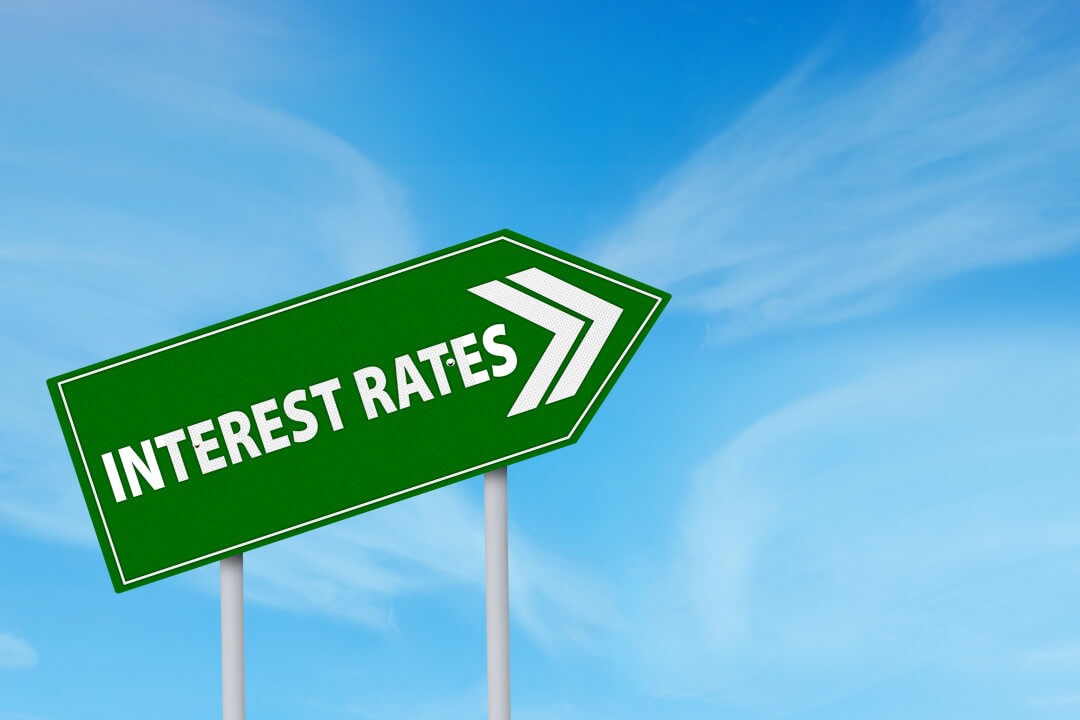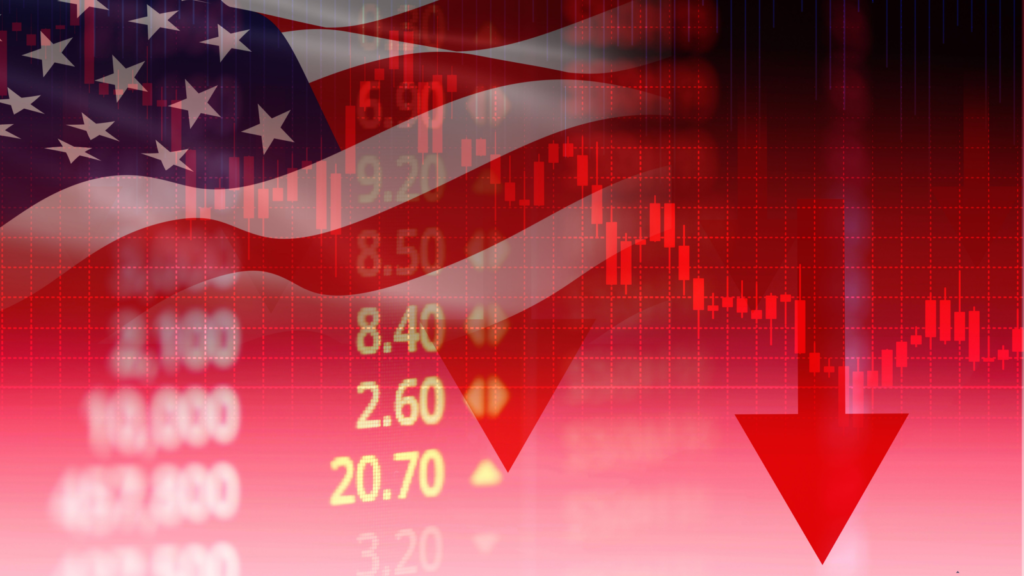How Farmers, Builders , and Consumers Are Affected by High Interest Rates
The cost of borrowing money for new parks and schools is rising for governments. It’s difficult for developers to get financing so they can purchase lots and construct houses. Employers are more likely to fire workers when they are forced to refinance loans at much higher interest rates, particularly if they were previously making little to no money.
Elsamadicy is among the hundreds of thousands of Americans who are being negatively impacted by the US Federal Reserve’s vigorous efforts to lower skyrocketing inflation from a peak of over 9 percent in June of last year to a target of 2 percent.
Its benchmark interest rate has increased as a result, from almost zero in March 2022 to 5.25–5.55 percent at this time. It did not raise rates during its September meeting, but it did signal that interest rates will stay “higher for longer” in an effort to combat inflation.
Recent external shocks, such as the sudden rise in Middle East tension and the resurgence of the prospect of a short-term US government shutdown, have heightened discussion on whether the The Fed will increase rates this week another time.
Investors have noticed in recent weeks that market-based measures of long-term borrowing costs have been rising even as the Federal Reserve is drawing closer to ending its rises in short-term interest rates. Put simply, there’s a chance the economy can’t avoid experiencing a more severe slump.
Also read : Is Gold still the #1 currency in the world ? [History & Mystery of Gold] | Maya (mayathevoice.com)
Consumers Are Affected by High Interest Rates
The heart of America’s small company credit problem is small banks like Ms. Bates’s. She was able to issue loans at 3 to 4 percent during the epidemic, when the Fed’s target interest rate was close to zero and people were accumulating funds in bank accounts. She also invested in safe assets such as government bonds.
However, when the Federal Reserve began raising interest rates, Bank Midwest’s securities portfolio lost value. As a result, Ms. Bates would have to incur a significant loss if she decided to sell the bonds in order to finance additional loans. Additionally, deposits were declining as people invested their money in assets with better yields rather than depleting their savings.
Goldman Sachs analysts predict that small enterprises’ interest costs would increase from 5.8% of revenues in 2021 to around 7% of revenues in 2022. Although rates are likely to drop on their own if the economy slows down sufficiently, no one knows when firms may receive some respite.
For the majority of 2023, rate decreases were highly anticipated by investors, consumers, and business executives who believed the Fed would declare it had permanently defeated inflation.
The Fed continued with its most aggressive campaign of interest rate rises since the 1980s, boosting rates by 5.25 percentage points over a year and a half, surprised by the endurance of price increases even after supply chains began to unravel.
However, the economy remained robust, with more job openings than available workers and consumers willing to spend freely. Certain inflation-causing sectors, like food and furniture, saw a sharp decline, while others, like energy, saw an increase.
The central bank maintained its rate in September, although it gave indications that it might remain high for longer than the market had predicted. That has necessitated adjustments for numerous businesses.
Are Taxes Really Necessary- History of Taxation – YouTube
Gregory Daco, chief economist at EY-Parthenon, stated, “We’ve been in an environment where the best strategy has been to just hold your breath and wait for the cost of capital to come back down.” Business executives and, to some extent, customers are beginning to recognize that they need to start swimming”
For big businesses, this means avoiding speculative expenditures and instead making investments that should pay off soon. Concerns on the survival or collapse of their enterprises are common among start-ups, which have been more and more prevalent in recent years.
About 10% of entrepreneurs rely on bank loans; the majority launch their enterprises with the assistance of friends and family and their savings. According to Luke Pardue, economist at Gusto, a small-business payroll service, the new enterprises that emerged during the pandemic had an advantage because their business models accommodated hybrid labor and they were less expensive.



